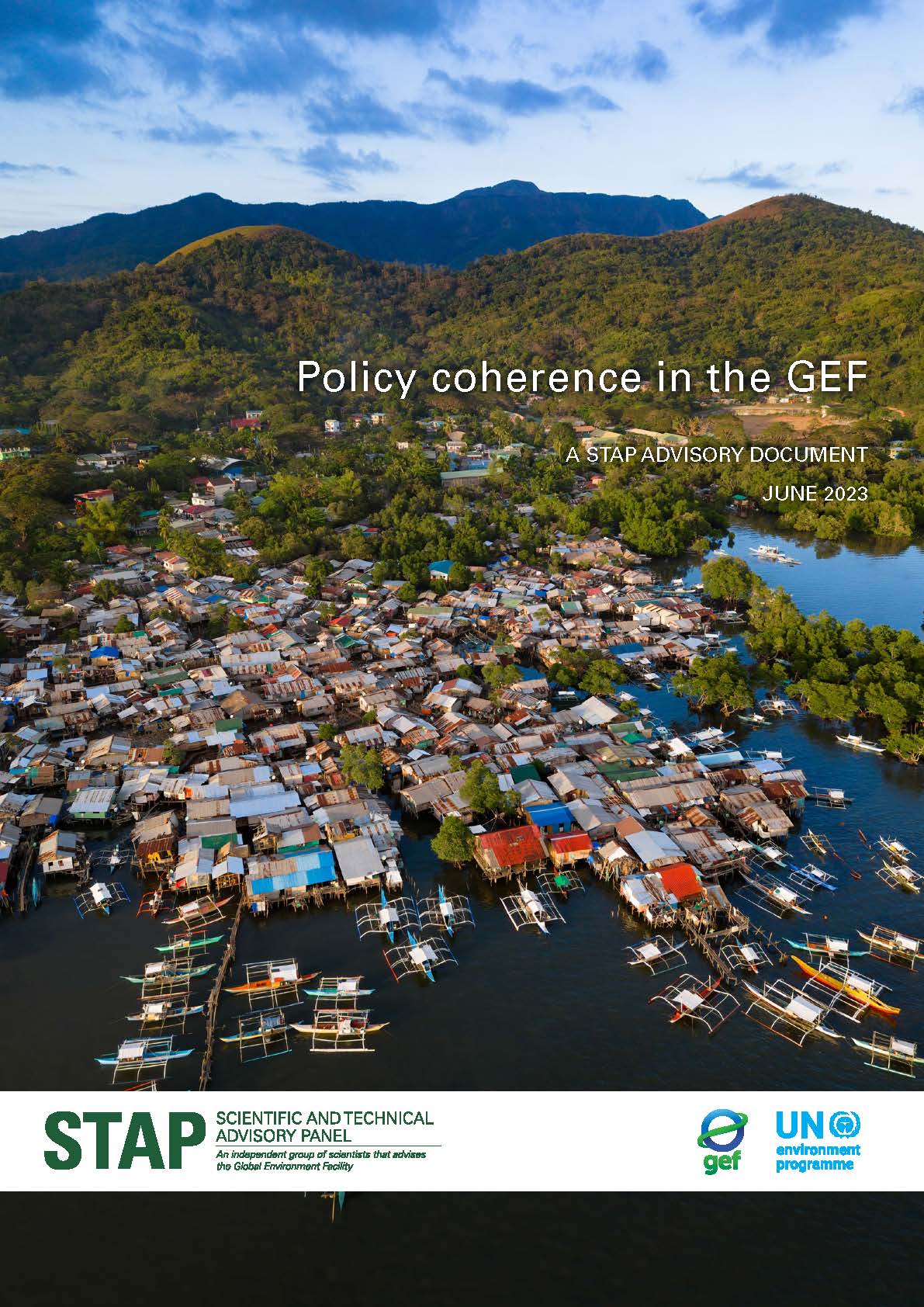Policy coherence matters to the GEF to ensure that global environmental benefits (GEBs) created by its projects are not undermined or negated due to misaligned policies that allow leakage, reduce the durability of GEBs, or even invest in environmentally-damaging behaviors, recognizing that a balance needs to be struck with a country's economic and social objectives.
STAP’s Advisory Document reaffirms the need for the GEF to articulate a policy coherence strategy to support this vision. STAP offers eight examples of activities the GEF could pursue on policy coherence across its operational levels – project, program, and portfolio-wide. Coordinating support for policy coherence across the GEF’s operational levels will enable the GEF to respond to misaligned investments that could undermine GEB durability, while simultaneously contributing to global policy coherence in ways conducive to achieving MEA goals.
STAP highlights the significant work that has been achieved in applying frameworks to analyze policy coherence in GEF relevant sectors, at the national level. At the project and national level, STAP offers activities that can be addressed through the application of a policy cycle. For monitoring and assessing policy coherence interventions, STAP encourages the use of measures already underway in countries reporting on Sustainable Development Goal (SDG) Target 17.14.1.
Recommendations on how to assess projects under the GEF’s competitive window on policy coherence are elaborated in the paper, in addition to three other recommendations that are reinforced throughout the Advisory Document and its accompanying brief, along with STAP’s Information Brief from 2022.





